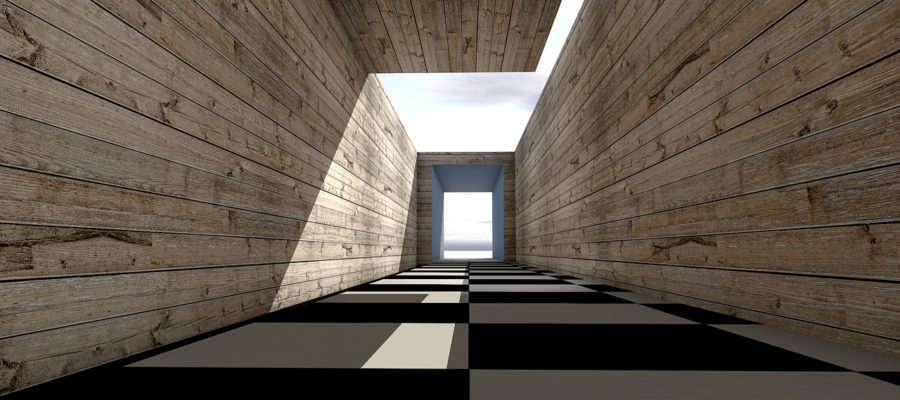A key component of many styles of architecture is the way in which they incorporate structural components. While modern construction does its best to conceal most of these elements completely, necessity or simplicity dictated that older techniques made them featured parts of the aesthetic profile of the building.
Part of this is due to architectural knowledge and the advent of better materials. A church or home today can be built with structural steel or manufactured wood components, but their counterparts centuries ago had to use larger pieces of wood or stone in order to support the building’s weight.
This is particularly evident in Tudor style architecture, where the wooden beams are clearly visible. The beauty of this type of building has inspired modern designers to use many of the same elements, such as the heavy timber trusses that supported the roof and upper floors.
Because these components are so counter to what is being bought and built today, builders often try to convince planners to utilize replicas of the actual features. This goes for items like shutters as well. Builders know that simulated items are easier to install and less expensive than the real thing, but there are lots of reasons why customers should stick to their guns and insist on keeping it authentic.
The most obvious reason is the quality of authentic products. Whether a building is being constructed as a speculative venture for resale or it’s being built for posterity, quality matters. A building should not just be priced favorably. It should also express its quality as well as fitting in with its surroundings. The resale will not go as well if the features begin to decline in appearance, and a lack of durability will prove frustrating for a long-term owner as well.
Consider shutters as one example. Originally intended to cover windows prior to the advent of glass, they are almost exclusively ornamental now. They flank each window, sometimes for decades, and slowly fade or warp until they really start to look bad. Then comes replacement cost and the challenge of concealing the unfaded area that the shutter covered. All that with shutters that don’t actually shut.
Some buyers may not be concerned with functionality of shutters, but maybe they should. Obviously the invention of durable glass for home windows has made shutters unnecessary for containing heat, but there are still other valuable functions they can perform.
They provide excellent protection against hail, for example. We think of hail as something that damages roofs and vehicles, but hail doesn’t always fall straight down. If it comes in at even the slightest angle, it can hit and break windows.
Structural beams are another example. Originally used to be the main “bones” of the building’s skeleton, they slowly faded into ornamental status as new techniques were developed, as we noted earlier.
But there are advantages to having legitimate trusses that actually bear some of the load, situations where it’s actually better to use them than to go with modern techniques. Exposed structural components can reveal site problems long before concealed ones.
For example, termite activity will be visible much faster on exposed wood than on beams or studs that are covered with drywall. And any settling or twisting on the site will be revealed as cracks form along the beams. In both situations, property owners can act more quickly to make repairs.
With all these practical considerations, perhaps the best reason to utilize quality structural components instead of mock-ups is value. They hold on to their value longer, provide more curb appeal, and just look better than imitations.


